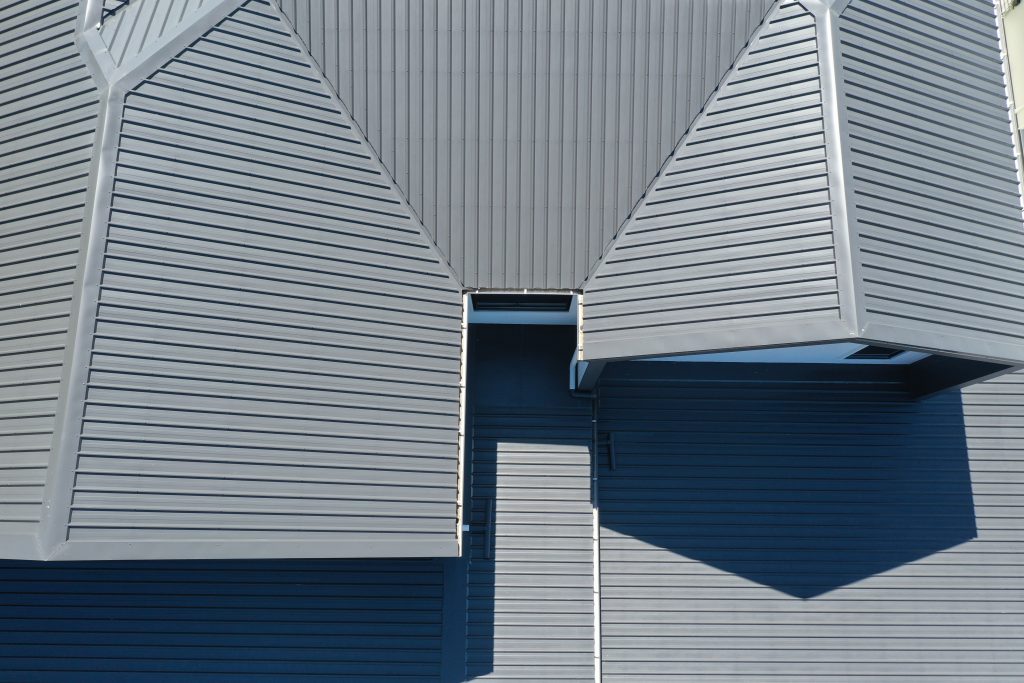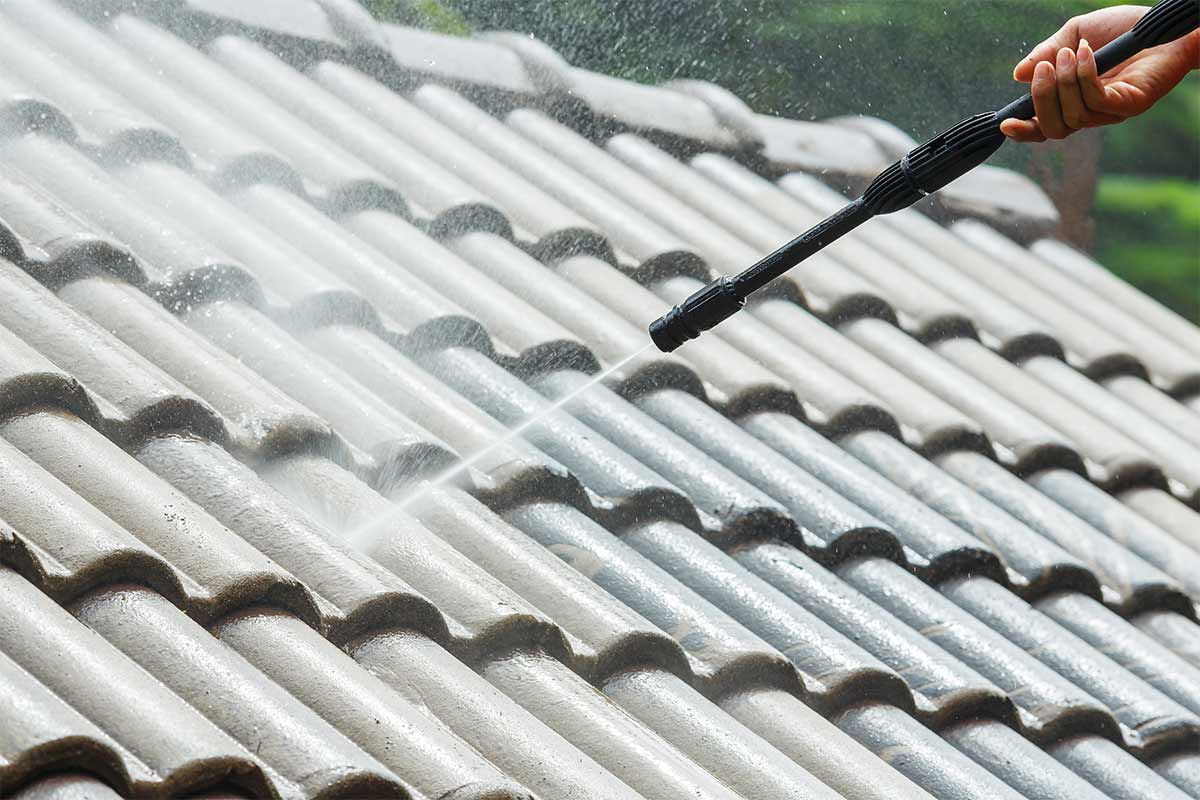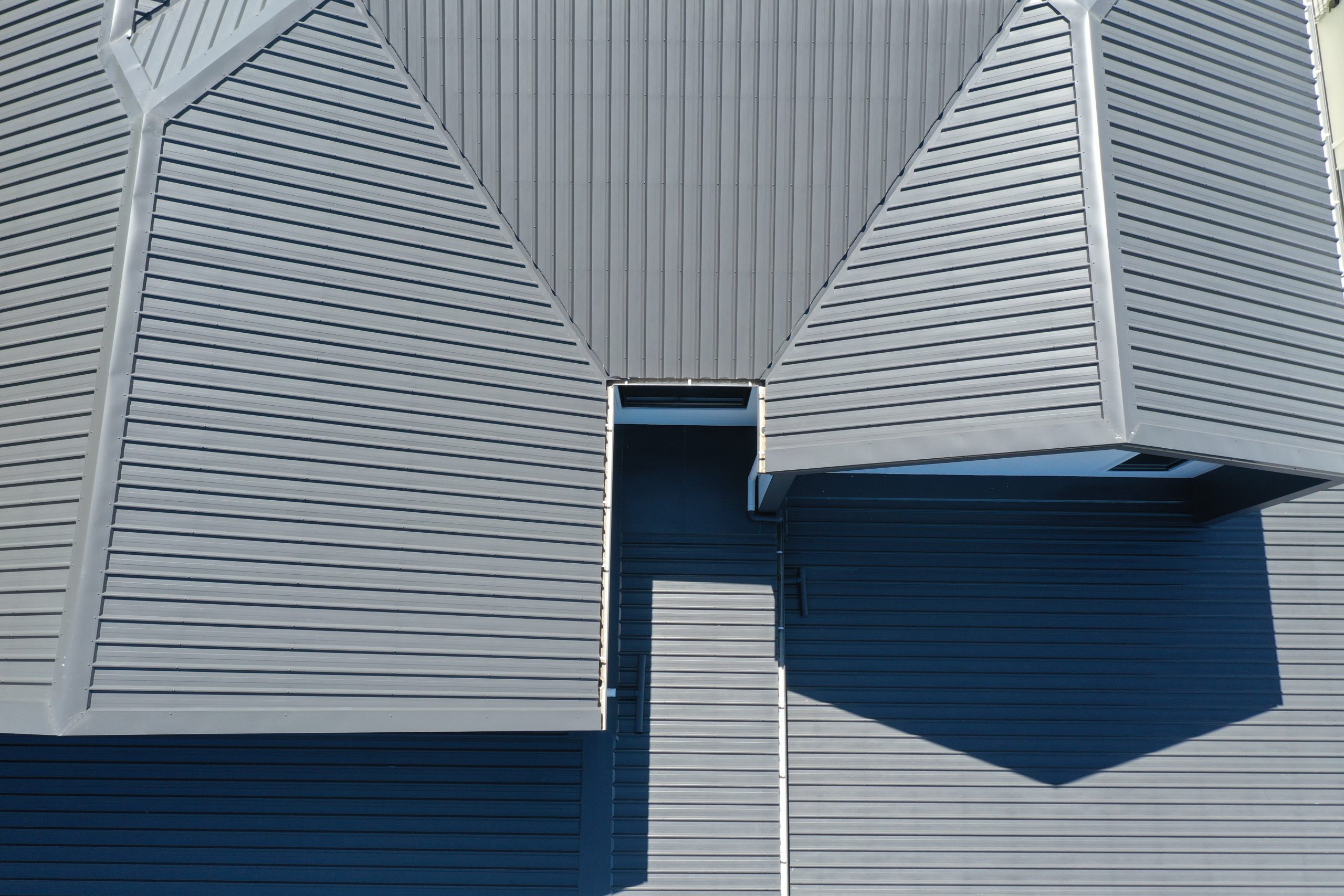Leaking roofs can cause considerable trouble for homeowners. Even small leaks can cause significant damage to your home. You can save money and time by understanding leaking roof repair. Let’s look at how to detect leaks, what you can do and when to opt for professional help.
Roof Leak Detection
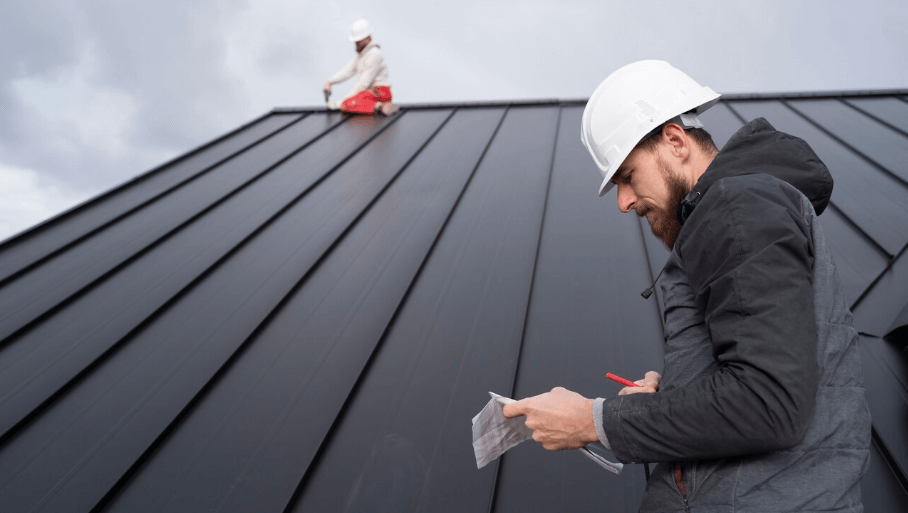
Roof leaks can be elusive and damaging. Identifying them early is crucial to maintaining a healthy, leak-free home. Here’s how to spot those troublesome leaks:
- Inspect the Attic: Start in the attic. Look for water stains, mould, or black marks.
- Check Insulation: Damp insulation is a telltale sign. It often indicates a leak above.
- Observe Roof Vents: Damaged or missing vents can lead to leaks. Ensure they’re intact and sealed.
- Examine Flashing: Flashing seals edges and valleys. Rust or breaks here can mean trouble.
- Spot Shingle Damage: Common leak culprits are missing, cracked, or curled shingles. They need immediate attention.
- Look for Pooled Water: Flat roofs may have pooling issues. Standing water can seep through over time.
- Check for Algae or Moss: These can trap moisture, leading to roof material deterioration and leaks. Moss or algae on exterior walls can indicate a continuous leak.
- Watch for Interior Signs: Consider if you’ve noticed water stains, peeling paint or warped wood. They often hint at leaks.
- Use Water Test: If unsure, simulate rain with a hose. Have someone inside watch for drips.
Leaking Roof Repairs
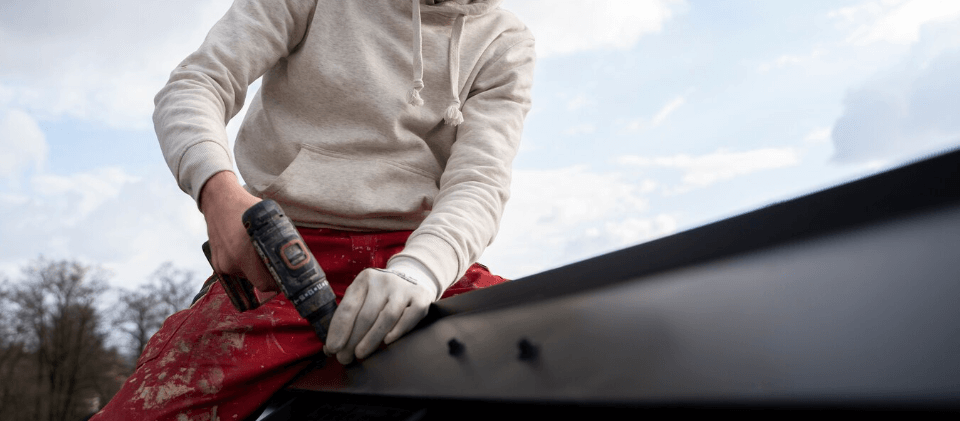
Different roofing materials require unique approaches for roof leak repairs. Here’s how to address leaks in some common types:
Asphalt Shingles
- Replace Damaged Shingles: Lift the edges, remove nails, and replace the shingle. Seal with roofing cement.
- Seal Around Vents: Apply roofing cement around vent pipes. Ensure a tight, leak-proof seal.
Metal Roofing
- Patch Holes: Clean the area, apply metal roofing repair sealant, and cover with a patch.
- Reseal Seams: Apply seam tape or sealant along the edges where panels overlap.
Tile Roofing
- Replace Broken Tiles: Carefully remove the damaged tile, replace it, and reseal the area.
- Check Underlayment: If tiles are intact, the underlayment might be the issue. Replace if necessary.
Flat Roofing
- Mend Small Tears: Clean the area, apply roofing cement, and cover with a patch.
- Address Ponding Water: Improve drainage by creating slight slopes or installing additional drains.
Slate Roofing
- Replace Cracked Slates: Slide out the broken slate, insert a new one, and secure it with copper nails.
- Inspect Flashing: Ensure that the flashing is intact. Replace or reseal as needed.
Wood Shingles
- Replace Split Shingles: Carefully remove the damaged piece, fit a new shingle, and nail it down.
- Apply Sealant: Use a high-quality sealant to fill small cracks or splits.
For all materials, it’s crucial to ensure that repairs blend with the existing roof structure for aesthetics and functionality. Regular inspections and timely repairs can significantly extend the life of your roof.
Preventing Roof Leaks
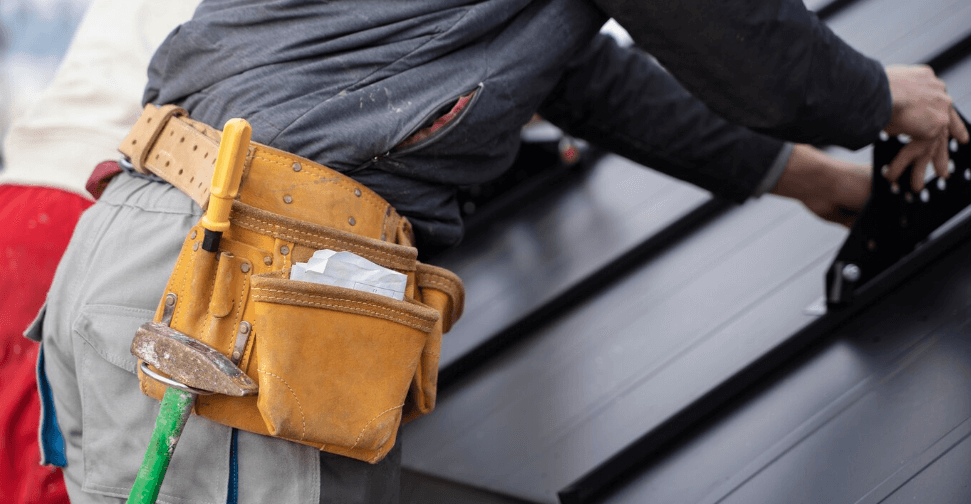
Preventing your roof leaking is more cost-effective than waiting until repairs are necessary. Here’s how homeowners can maintain a leak-free roof:
- Regular Inspections: Schedule bi-annual inspections. Early detection of potential issues can prevent leaks.
- Clean Gutters Regularly: Clogged gutters can cause water to back up and damage your roof.
- Trim Overhanging Branches: Falling limbs or rubbing branches can damage roofing materials.
- Ensure Proper Insulation: Adequate attic insulation and ventilation prevent ice dam formation, reducing leak risks.
- Check Flashing: Ensure the flashing around vents, skylights, and chimneys is intact and sealed.
- Maintain Sealants: Regularly check and refresh sealants around roof penetrations like vents and pipes.
- Address Ponding Water: Ensure your roof has proper drainage to avoid water accumulation.
- Repair Minor Damage Promptly: Small issues can turn into big problems. Address them quickly.
- Install Gutter Guards: They prevent blocked gutters, ensuring smooth water flow away from the roof.
When to Call the Professionals

Some leaky roof issues are best left to professionals. Here’s how to know when it’s time to call in roof leak repair services:
- Extensive Damage: If large areas are affected, professionals can handle the scale and complexity.
- Structural Concerns: Sagging or unstable areas indicate deeper issues. Professional assessment is crucial.
- Repeated Leaks: If leaks persist after DIY repairs, there might be an underlying, unseen problem.
- Steep or High Roofs: These pose safety risks. Professionals have the right equipment and training.
- Complex Roofing Materials: Certain materials, like slate or tile, require specialised knowledge for proper handling.
- Electrical Wiring Issues: If leaks are near electrical fixtures, involving professionals is safer.
- Mould and Mildew: Extensive growth suggests long-term moisture issues. Professionals can address the root cause.
Conclusion
You should know how to identify leaks whether you have metal roofs, roof tiles or any other material. Once you’ve found one, you may attempt a DIY fix if it’s a small leak. The process for fixing a leak will depend on your roofing material and shape. It’s also crucial to understand when it’s time to seek professional roof repair services.
If you need professionals, call us today for a free quote.




